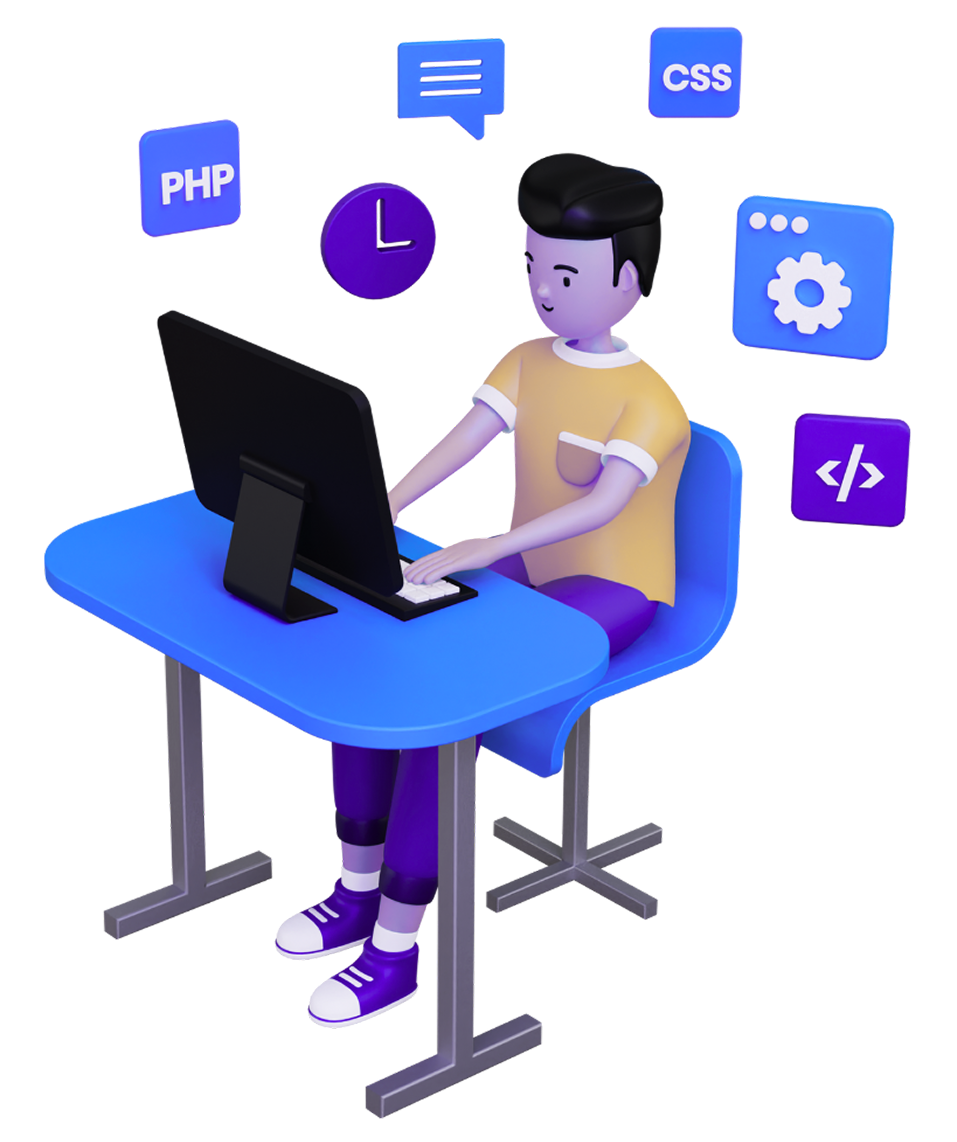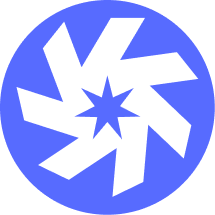What’s Changing in Onboarding & Offboarding
Onboarding in Nepal is transitioning to a continuous, engaging experience supported by digital platforms. Remote onboarding and virtual orientation have become standard, especially in tech and startups. Offboarding has gained importance in protecting intellectual property, ensuring knowledge transfer, and maintaining positive employer brand reputation. Companies now emphasize structured exit interviews and alumni relations to enhance long-term talent strategy.
 $5,000
$5,000
Estimated global economic impact of digital transformation by 2030.
 15%
15%
The sales have increased, and the company is running at a profit.

What you can do
-
1. New Employee Orientation Materials and Sessions
Develop comprehensive orientation materials that welcome new hires and introduce them to company culture, policies, and teams. These materials include presentations, videos, and interactive sessions designed to make employees feel comfortable and informed. Conduct live or virtual sessions that encourage questions and interactions, helping new hires integrate smoothly.
-
2. Digital Onboarding (Documentation, Policy Handbooks)
Manage all onboarding paperwork electronically, enabling employees to complete necessary forms like contracts, tax documents, and policy acknowledgments remotely and securely. Provide digital versions of policy handbooks and easy-to-navigate guides that employees can access anytime. This reduces delays and ensures compliance from the first day.
-
3. Role-Based Onboarding Roadmaps
Create specific onboarding plans that match the unique needs of different roles within the company. For example, technical staff receive training on software tools and workflows while managerial roles focus on leadership expectations and organizational goals. These roadmaps ensure new employees get relevant information and support, speeding up productivity.
-
4. Onboarding Surveys and Feedback Mechanisms
Implement structured feedback collection at key intervals such as the first week, first month, and third month to measure the effectiveness of onboarding. Analyze responses to identify gaps or challenges new hires face and work with clients to adjust onboarding content or processes accordingly. Continuous feedback improves retention and employee satisfaction.
-
5. Exit Interviews and Clearance Process
Conduct formal exit interviews to gather honest feedback from departing employees about their experience and reasons for leaving. Coordinate the clearance process, including return of company property, revoking system access, and completing final settlements. These steps protect company interests and maintain a respectful separation.
-
6. Knowledge Transfer Management During Exits
Organize knowledge transfer sessions where departing employees document important information and train successors or teammates. Use checklists and project management tools to capture critical processes and contacts. This reduces operational disruptions and ensures business continuity after an employee leaves.
-
7. Alumni Engagement and Exit Branding
Help clients build and maintain alumni networks that keep former employees connected and engaged with the company. This supports future referrals, rehiring opportunities, and positive word-of-mouth about the employer. Providing experience letters and farewell messages enhances the company’s reputation in the talent market.
What You’ll Achieve
With Great UI Design
 Onboarding Completion
Onboarding Completion
98% New hires completing onboarding on time.
 Time-to-Productivity
Time-to-Productivity
30 days Days until full productivity.
 Turnover Rate
Turnover Rate
10% Employees leaving within period.
 Offboarding Completion
Offboarding Completion
100% All exit tasks done before departure.
Smooth onboarding increases employee engagement and retention from day one. Structured offboarding ensures a professional transition and captures critical knowledge. These processes help build a strong culture, improve legal compliance, and reduce friction when employees enter or exit the company.
Achievements:
- Improved first-day productivity with organized onboarding
- Stronger compliance through documentation and policy sharing
- Higher retention due to better first impressions
- Minimized disruption during exits through knowledge transfer
- Enhanced brand reputation with positive exit experiences
Let’s Build Something Great Together
Whether you're launching a new brand, redesigning your existing site, or building a complex web app — we're here to help. Get in touch with us today to schedule a consultation.
Trending Blogs
Top Legal Tasks You Can Outsource (and Save Time)
Samunnati ShresthaBlog Read Time This post has 1747 words .This post has 13761 characters.This post take 9 minute to read. By Samunnati Shrestha, Creative Lead...
Why Branding Is More Than Just a Logo
Samunnati ShresthaBlog Read Time This post has 1300 words .This post has 8755 characters.This post take 7 minute to read. By Samunnati Shrestha, Creative Lead...
Top Benefits of Outsourcing Web Development for Startups and SMEs
BPO AdminBlog Read Time This post has 647 words .This post has 4634 characters.This post take 3 minute to read. For startups and small to...




